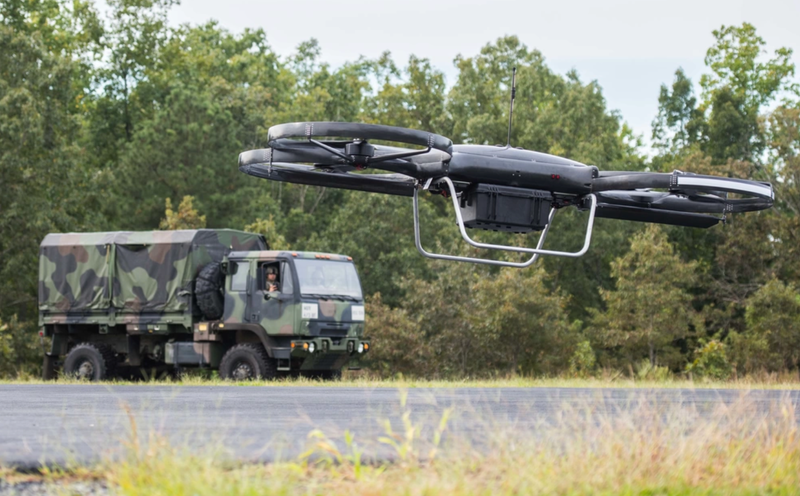
The Army is currently attempting to adapt to a new form of warfare as new technologies emerge on today's battlefields. Russia's invasion of Ukraine has seen a drastic uptick in the use of small tactical drone quad-copters, many of them being commercial off-the-shelf technologies that are modified to carry grenades, mortars, or mines.
A second example of tactical drone warfare comes from the second Nagorno-Karabakh war in which Azerbaijan eliminated Armenian air defenses with loitering munitions and then inserted tactical drones into the battle space to begin destroying artillery, armor, and other war material.
While new videos appear on social media nearly every day showing quad-copter drones used in kamikaze attacks against Russian soldiers, the U.S. Army is looking for ways to use, as well as counter, these types of attacks in the future.
Army officer Maj. Anthony Padalino has made a proposal for such an effort in an Army publication, which represents his own opinion rather than current U.S. Army policy, but shows a potential way forward.
In looking at the Army's current Brigade Combat Team structure, Padalino sees three areas for improvement. The first is improving the currently existing tactical UAS (unmanned Aerial Systems) platoon within Military Intelligence companies, replacing some of their drones with loitering munitions.
The second effort would be to equip company-level fire support teams with both drones and loitering munitions. The third effort would be to integrate larger loitering munitions into battalion-level mortar sections.
"Our adversaries and allies alike have already implemented tactical drones into their orders of battles, instituted training academies, and begun production at mass domestically," Padalino writes. "With global tensions on the rise, and our adversaries already implementing this capability, the U.S. Army must adapt to tactical drone warfare now before it is forced into change on the future battlefield," he concludes.
